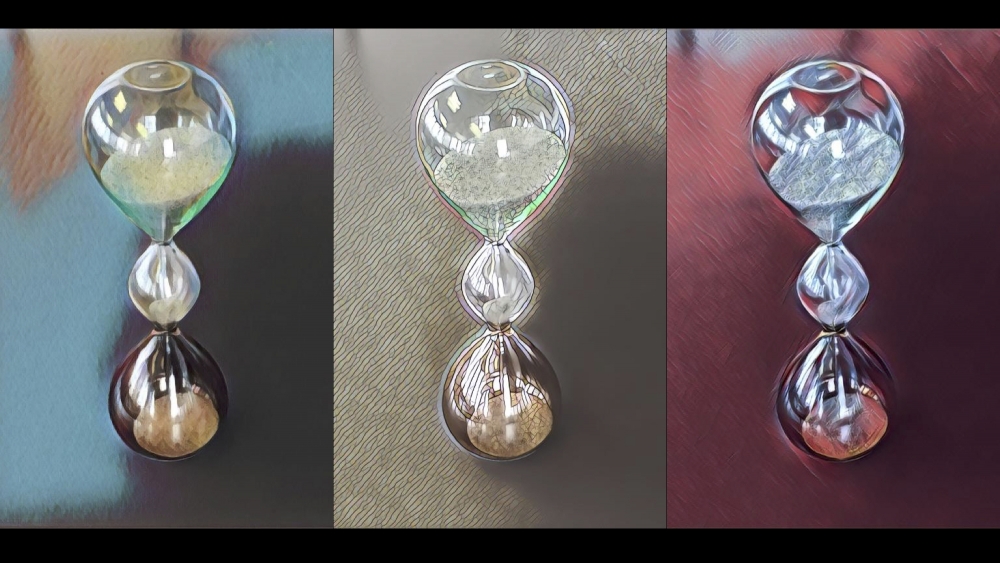Undercover Evolution

Providing a glimpse of the hidden workings of evolution, a group of researchers at UC Santa Barbara have discovered that embryos that appear the same can start out with surprisingly different instructions.
“We found that a lot of undercover evolution occurs in early embryos,” said Joel Rothman, a professor in the Department of Molecular, Cellular, and Developmental Biology, who led the team.
Indeed, although members of the same species are identical across the vast majority of their genomes, including all the genetic instructions used in development, Rothman and his colleagues found that key parts of the assembly instructions used when embryos first start developing can differ dramatically between individuals of the same species.
This finding may shed light on two important areas: how animals can evolve quickly, and why patients can show very different responses to particular drugs.
The scientists’ research is published in the journal eLife.
“Many of the distinctive features that make us unique, including our color, height and susceptibility to diseases, are determined by our genomes,” Rothman said. “But since everyone looks pretty similar as embryos, the genetic assembly instructions that get us started at conception were thought to be nearly identical between us.”
Enter the C. elegans nematode worm, a celebrated laboratory animal model used for decades to investigate how animals develop. Rothman’s team, which included researchers at the University of Auckland, targeted the gene switches that turn on the development of the animal’s intestine with a tool called RNAi — a technique that shuts down individual gene functions. What they learned was that the widely accepted “standard one-size-fits-all” concept of genetic assembly instructions did not apply.
“This remarkable difference is well-hidden in the genome, but was uncovered when one of the switches was removed,” noted Yamila Torres Cleuren, formerly of University of Auckland and now a postdoctoral fellow at the University of Bergen and lead author of the study. “We were startled to find that while some members of the species absolutely require one of the critical switches to start making an intestine, others can almost dispose of it.” While some animals generally failed to develop intestines, relatives from the same species made them regardless.
“It’s stunning that such an important event at the earliest stages of embryo formation can occur by such different means within one species and yet produce essentially the same outcome,” said Rothman. “Prior to these findings, we were unaware that the blueprints for an early embryo change so rapidly within a species.”
This discovery would be equivalent to finding that the manufacturing of two iPhones, which look and function identically, started out with different assembly instructions, the researchers said.
While humans are a far cry from C. elegans, once the initial events in embryo development begin, the later genetic instructions that create the endoderm appear to be similar to those likely used in all animals with a digestive tract, including humans.
This result is particularly striking given that the endoderm is both the first layer formed in embryos and was probably the first to evolve over half a billion years ago. “It reveals an extreme version of the first part of the ‘hourglass’ view of embryo development, in which very similar instructions across widely different animals during the middle stages of development are preceded and followed by very different starting and ending points,” Rothman said.
These findings also shine light on why patients can respond so differently to drug therapies. “We found that these animals with relatively subtle genetic differences respond wildly differently to a genetic ‘drug’ that we used to turn off a gene,” Torres Cleuren said.
Thus, just as two people who might look very similar can respond very differently to a drug therapy, so these little worms of the same species respond dramatically differently to an administered substance as a result of their subtle but all-important genetic individuality, the researchers said.
The discovery of such hidden genetic mechanisms could help guide how pharmaceuticals are developed in this era of precision medicine, in which drugs are ideally tailored to an individual’s genome.
This discovery also underscores the importance of natural variation in allowing evolution to occur. “Genetic variation fuels the machine of evolution,” Rothman said. “Without it, life would be stuck in a dead end. There is much more of this variation than we had realized when evolution sculpts the remarkable entities known as embryos.”
Research in this study was conducted also by Chee Kiang Ewe, Kyle C. Chipman, Cricket G. Wood, Melissa R. Alcorn, Thomas L. Turner and Pradeep M. Joshi at UCSB; and Emily R. Mears, Coco Emma Alma Al-Alami and Russell G. Snell at University of Auckland.





